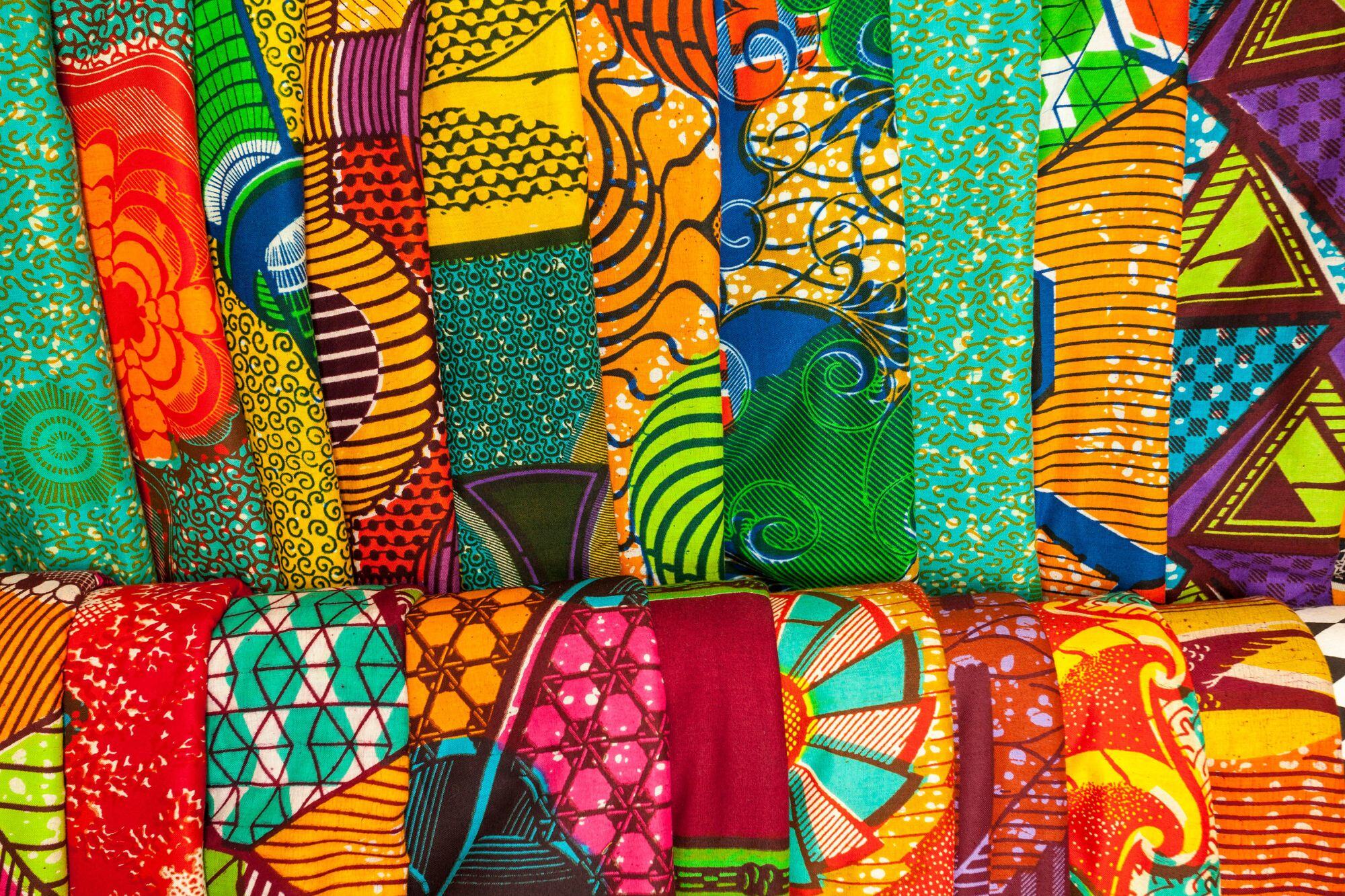Hello, Little Explorers!
Today, we are going on a magical journey to learn about traditional African textiles. These are beautiful fabrics made in different parts of Africa, especially in the Sub-Saharan region. We will discover the amazing patterns, colors, and ways these textiles are made. Let's dive in and see what makes them so special!
What Are Traditional African Textiles?
Traditional African textiles are special fabrics created by weaving, dyeing, and decorating. They come in many different patterns and colours, each telling a unique story about the people who made them. Let's look at some of the most famous ones!
Kente Cloth from Ghana
- Patterns: Kente cloth has bold, geometric patterns. Each pattern has a special meaning and tells a story.
- Colors: Kente cloth is very colorful, with bright shades like yellow, green, blue, and red.
- Weaving Methods: The cloth is woven on a loom, which is a special frame used for weaving. The threads are carefully arranged to create the beautiful patterns.
Mud Cloth from Mali
- Patterns: Mud cloth, also known as Bogolanfini, has intricate patterns made using symbols that represent different things, like animals or people.
- Colors: This cloth is usually made in earthy tones like brown, black, and white.
- Weaving Methods: The cloth is woven and then dyed with a special mixture made from mud. The patterns are painted on using this mud, which creates a beautiful and unique design.
Adire Cloth from Nigeria
- Patterns: Adire cloth is decorated with detailed patterns made using a special technique called resist dyeing.
- Colors: This fabric is often found in shades of blue, but can also have other colors like red and yellow.
- Weaving Methods: The patterns are created by tying or stitching the fabric before dyeing it. The parts of the cloth that are tied or stitched stay white, creating stunning designs when the ties are removed.
Fun Activities to Learn More About African Textiles
Let's have some fun and learn more about these amazing textiles with some cool activities!
Pattern Drawing
-
- Materials: Paper, crayons, or markers.
- Activity: Draw your own patterns inspired by Kente cloth, Mud cloth, or Adire cloth. Think about shapes and symbols that are important to you.
-
Weaving Project
- Materials: Colored paper strips, a paper plate or cardboard, scissors.
- Activity: Cut slits into a paper plate or cardboard and weave the colored paper strips through the slits to create your own mini textile.
-
Mud Cloth Painting
- Materials: Brown or black construction paper, white paint, cotton swabs.
- Activity: Use the cotton swabs to paint patterns on the paper, just like the symbols on Mud cloth.
Fabric Dyeing
- Materials: White cloth, fabric dye, rubber bands.
- Activity: Twist and tie the cloth with rubber bands, then dip it into the dye. After it dries, remove the rubber bands to see the beautiful patterns you created, just like Adire cloth.
Conclusion
Traditional African textiles are full of vibrant colors, intricate patterns, and fascinating stories. By learning about these beautiful fabrics, we get to appreciate the creativity and skills of the people who make them. Through our fun activities, we can explore our own creativity and make something beautiful too!
Happy crafting, little explorers! 🌟
